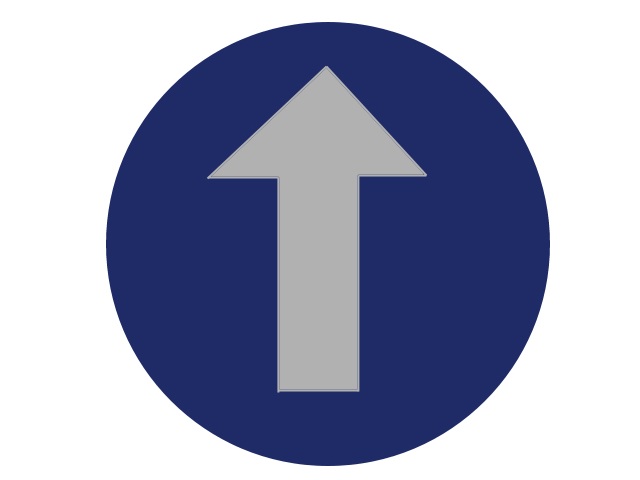|
What is the Business Case for This Technology?
The Sky-Trax technology budget requirements at a very high level are expressed below with the disclaimer that these prices (in $US) are meant to serve as general guidelines only and are subject to change based on the requirements of each project:
- Assume $0.05 - $0.10 per square foot to pay for the printed markers to be installed in the ceiling of the facility.
- Assume between $15 - 25,000 per forklift vehicle for the optical technology / machine vision equipment
- Assume about $100,000 - $150,000 for fixed project costs to pay for software license fees, hardware server, database, training, installation, integration and services.
Note that if forklifts are already equipped with existing truck mounted RF devices then depending on the age of the RF equipment, the Sky-Trax system will typically try to make use of the existing equipment so that it is not necessary to spend extra capital to replace the RF unit or to buy a second terminal for every forklift vehicle.
By way of example, a conservative budget for the installation of this technology in a 300,000 square feet distribution facility with 15 forklift drivers would be:
- (300,000 x $0.10) + (15 x $25,000) + $150,000 = $555,000.
- Assuming a 25% productivity increase for the forklift labor function and a fully loaded wage rate of $30/hour then the labor savings associated with this technology would be in the order of (15 x 25% x $30/hr x 40 hours/week x 52 weeks) = $234,000 for an approximate payback of 28 months before we count the savings associated with the reduction of lift trucks.
In our opinion, the size and type of facility that is most suited to the Sky-Trax technology would have the following attributes:
- Large distribution center in terms of foot print
- Distribution facilities where there is a reasonable number of forklift drivers working on a shift (e.g. 15 or more)
- High product throughput operation that creates a demanding environment
- Distribution operations where there is a high percentage of bulk floor storage or drive in rack or any other storage medium whereby there is a dense number of pallets held together within the same location making it difficult to find inventory.
- It is quite common that distribution centers in the food & beverage industries have this profile because goods are often stored on the floor within a fast turnover of the merchandise. Fresh food distributors are interested in the solution because it guarantees proper expiration date rotation. Similarly, consumer packaged goods (CPG) manufacturers also make good candidates for this technology, particularly within their larger mixing centers. The Sky-Trax solution has also generated interest within the 3PL sector where it is seen as a competitive differentiator.
Lastly, Sky-Trax a company that belongs to a cottage industry known as the RTLS (Real Time Locating System) industry, There are other vendor solutions that have been developed and deployed by other vendors such as: AeroScout Inc. headquartered in Redwood City, CA or Ekahau Logistics based in Helsinki, Finland. Other companies exist in the RTLS industry such as Identec, Savi, Intelleflex, Tagsense, Wherenet, Pinc Solutions, ContainerTrac. For the most part, these firms have based their technology solutions on the use of RFID tags which do not always work well with every product type, particularly denser formats of product such a s liquids and metals. Some of these RTLS applications are designed specifically for asset tracking, yard management, healthcare environments, etc. To differentiate these solutions, the devil is in the detail as they say. Having said this, Sky-Trax is one of the few vendors that has focused its efforts on improving warehouse efficiency and accuracy by providing RTLS technology solutions that focus on activities that happen within the four walls of the distribution center.
MWPVL International thinks that you should expect to hear much more about this technology and the Sky-Trax solution offering in the coming years as they have developed a unique value proposition that is generating a very real return on investment for their customer base.
Marc Wulfraat is the President of MWPVL International Inc. He can be reached at +(1) (514) 482-3572 Extension 100 or by clicking here. MWPVL International provides supply chain, logistics distribution consulting services. Our services include: distribution network strategy; distribution center design; material handling and automation design; supply chain technology consulting; product sourcing; 3PL Outsourcing; and purchasing; transportation consulting; and operational assessments.

|